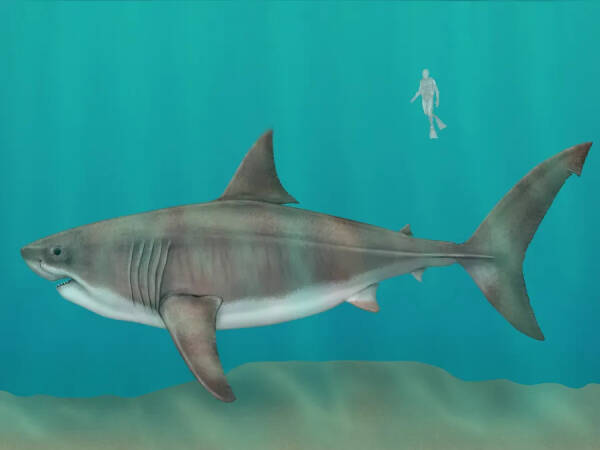Carcharocles megalodon was a scourge of the oceans during the Miocene and Pliocene epochs, approximately 23 million to 2.6 million years ago. The largest megalodons were probably around 17.9 meters (58.7 feet) long, making them the largest sharks, the largest fish, and possibly even the largest ocean predators ever known. People are naturally fascinated by this creature, and some even wonder if this sea monster still lingers in modern oceans. Does it still exist?

Fossil evidence suggests that megalodon became extinct about 2.6 million years ago, during a period of cold and dryness in many parts of the world. These changes may be related to the closure of the sea lanes that separated North and South America and Eurasia and Africa. For example, the emergence of the Isthmus of Panama could split populations of predators and prey and divert ocean currents from their usual paths. Environmental changes and the rise of the land wall will almost certainly disrupt marine food chains, including those that support baleen whales (which feed on krill and zooplankton), which scientists believe are the megalodon's main prey. As white sharks and early killer whales also evolved to become formidable rivals of the megalodon, the megalodon found less and less prey and their numbers plummeted.
It's highly unlikely that the megalodon continues to lurk beneath the waves. Scientists know this because hundreds of fossilized teeth (and some vertebrae) have been found in what was once a shallow sea during the Miocene and Pliocene epochs. It is speculated that some megalodon fossils date back to the Pleistocene Epoch (2.6 million to 11,700 years ago), but these claims are not considered reliable. So far, no direct evidence has been found that megalodons lived in modern times. There is also a lack of serious circumstantial evidence, such as the presence of megalodon-sized (3 meters [9.8 feet] wide) bite marks in humpback and blue whales today. What are the prospects for reclusive deep-sea populations far away from the prying eyes of human satellites and submersibles? This scenario is also unlikely, as there is evidence that megalodon established nurseries for its young in shallow water areas such as the Caribbean and the Mediterranean, and in these and other light-rich marine environments such as the original several hundred meters) to hunt beneath the waves. After all, much of their food—whales (and the krill they feed on)—lives there, too.
animal tags: Megalodon
We created this article in conjunction with AI technology, then made sure it was fact-checked and edited by a Animals Top editor.